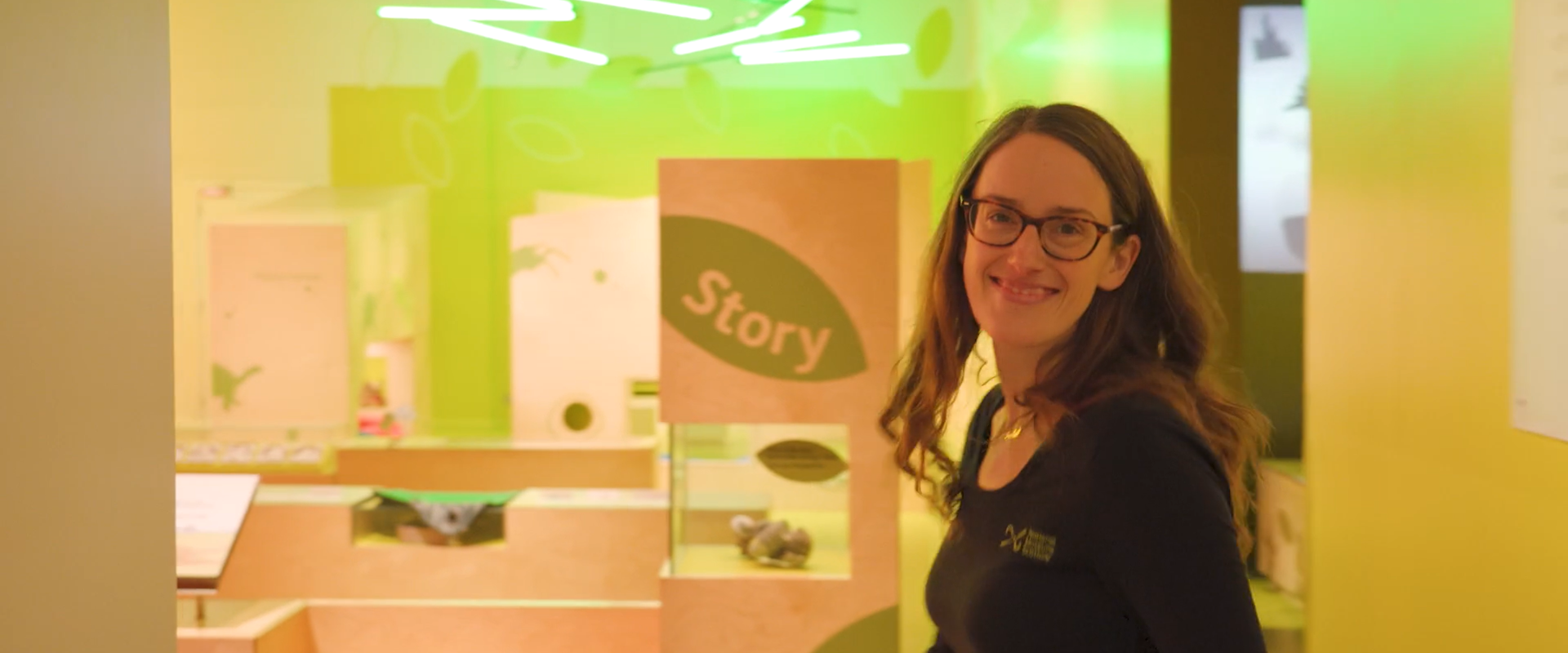Key in a search term below to search our website.
Key in a search term below to search our website.

Who
Rachel Drury, Learning Enabler
Where
National Museum of Scotland
“Oh the eternal debate! For me, a jaffa cake is a biscuit, because that's how I would enjoy them, like a biscuit!
The replica toy mouse is based on one in our ancient Egypt collection, which dates to the New Kingdom (around 3500 years ago).
Children’s toys were often made from scraps of clay, linen or wood. Toys like balls or dolls have been discovered by archaeologists. Some lucky children had things like toy crocodiles or horses which had moving parts. Older children and adults enjoyed fishing, wrestling and dancing.
Board games also existed in ancient Egypt, one game called “Senet” was particularly popular. Tutankhamun was buried with four sets. It was the ancient early version of the modern board game backgammon.
Elephants have two types of teeth: a pair of tusks (which are the incisors) and a further 24 teeth. The large tooth shown in the video is a molar, a grinder tooth.
Elephant have molars in six sets of four. As one set is worn down, it gets replaced by the next set pushing in from behind. Once an elephant has worn down its sixth and final set of molars it will no longer be able to chew its food properly, meaning it will slowly starve and become more susceptible to disease.
We hold a collection of fossil vertebrates of international importance, which can help to reveal more about how life evolved on Earth. It includes fossils studied by Professor Jenny Clack, whose work on early amphibians transformed our understanding of how animals emerged from water 360 million years ago.
In the 1970s, Clack became interested in tetrapods (backboned animals with four legs) which could live in water and on land but returned to water to reproduce. She travelled to remote parts of Greenland to seek out new fossils that might provide more information about these animals.
The first tetrapods on land may have evolved to find a new food source or to survive as their lakes shrank during dry seasons. Large predatory fishes prowled these lakes. Perhaps being able to leave the water saved tetrapods from being eaten.
The cauliflower earthenware teapot was made in Staffordshire, England by Thomas Whieldon in around 1760. Thomas Whieldon was an English potter who played a leading role in the development of Staffordshire pottery.
On display in our Grand Gallery, the skull of ‘Moby’ belonged to an adult male sperm whale (Physeter macrophalus), beached at Airth, Stirlingshire, Scotland, 31 March 1997.
A toothed whale (as opposed to a baleen whale), the lower jaw of the sperm whale is equipped with 36 to 50 conical teeth, while the upper jaw holds a variable number of vestigial teeth which do not erupt.
Sperm whales are a deep diving whale, feeding primarily on cephalopods, including the giant squid.
Found in our Beginnings gallery on level -1, the diorama shows a Caledonian forest from 10,000 years, allowing visitors to explore the flora and fauna found in Scotland at that time.
It includes a number of animals no longer found in Scotland, including wolves, wild boar and lynx, as well as beavers, an animal that was extinct but which has now been reintroduced.